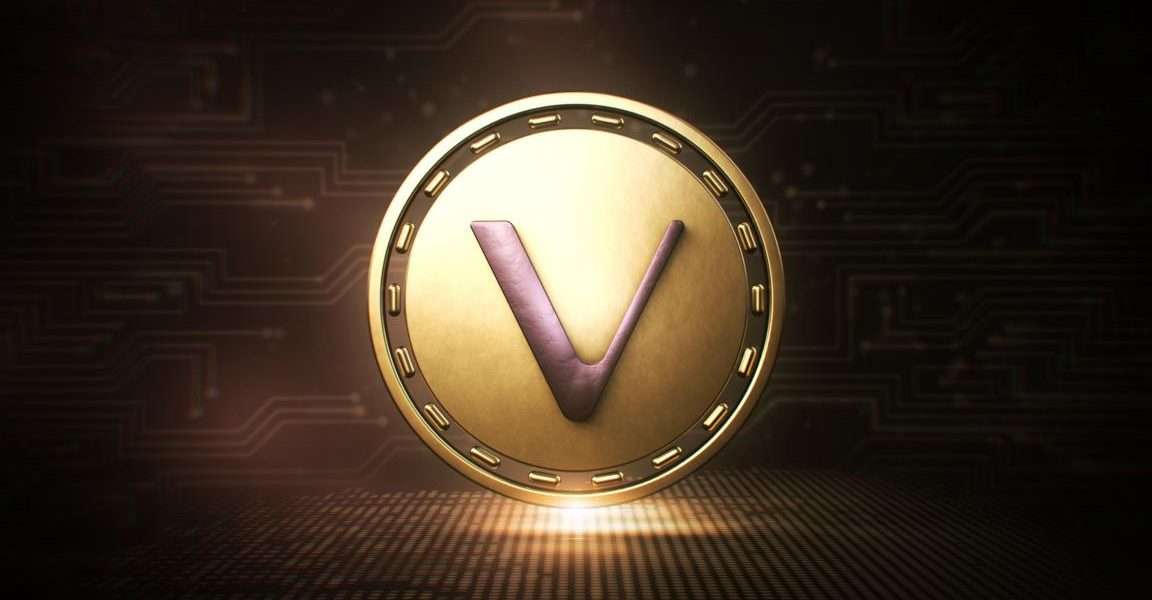Why VeChain will lead the blockchain market in 2022 and beyond

Source: Diego Ioppolo – Shutterstock
- VeChain’s PoA 2.0 will address the trade-off between scalability and block completion as in traditional blockchain architecture.
- VeChain’s PoA 2.0 will meet the requirements of next generation businesses with the One Bit Block Finality feature.
Blockchain technology completely revolutionizes the way data transfer happens in a secure and decentralized way. But as more and more users get on board the blockchain, the technology faces challenges in terms of scalability and instant settlement.
One of the main trade-offs with the traditional blockchain architecture is maintaining a balance between high throughput/scalability and having immediate finality. With Proof-of-Authority (PoA) 2.0, VeChain seems to solve this problem once and for all. In its latest announcement, the VeChain Foundation stated:
The ability to offer scalable public #blockchain with guaranteed data quality is the key to mass adoption. By working closely with globally recognized quality assurance experts such as DNV, #VeChain can operate with gov. level and become a driver of #digitalization & #Sustainability.
Why Proof-of-Authority 2.0 is the future
Amid sustainable blockchain adoption, VeChain has been working on upgrading its consensus mechanism. VeChain noted that the PoA 2.0 protocol upgrade is an important step in making it “the preeminent smart contract platform for businesses, governments and communities alike”. As the VeChain Foundation explained:
PoA 2.0 is needed to meet the demands of future blockchain applications and growing global demand. PoA enables our vision to build green technologies and business at a scale never before witnessed on blockchain.
Earlier this year in June 2022, VeChain unveiled its One Bit Block Finality feature. This will allow VeChain to run two modes of consensus, namely Nakamoto and BFT consensus, simultaneously. VeChain says Block Finality will be an indispensable part of the modern blockchain system. Also, it helps provide an absolute security guarantee for blocks that will satisfy certain conditions. Earlier this week, the VeChain Foundation noted:
All stakeholders vote to implement VIP-220, AKA ‘Finality with One Bit’, the third and final phase of PoA 2.0, on #VeChainThor The mainnet is set for October 20, 2022! It will be accompanied by the launch of our new decentralized voting platform, VeVote!
How does VeChain PoA 2.0 work?
VeChain Proof-of-Authority 2.0 combines Nakamoto Consensus with Byzantine fault tolerance, as each eliminates the weakness of the other.
The Byzantine fault tolerance basically refers to a mechanism where the distributed networks agree and execute depending on what the majority of nodes have to say. However, this leaves the system susceptible to whether the nodes have acted maliciously.
On the other hand, the Nakamoto Consensus is a set of rules that will verify the authenticity of the blockchain network. It solves the problem of malicious managers, i.e. Byzantine fault tolerance, by randomizing the choice of a validator or a manager.


